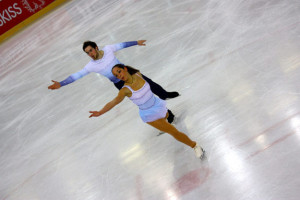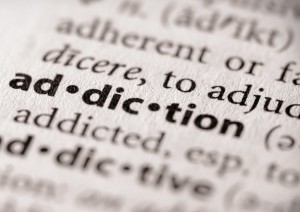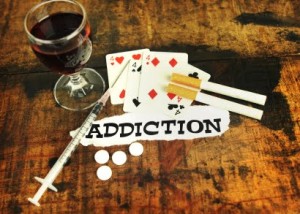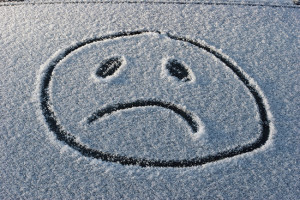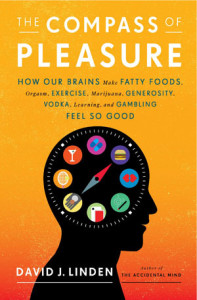My senior year of high school I took honors physics and honestly probably couldn’t have struggled more. However, we wrote weekly articles on how physics was present in our everyday lives or in places that we observed. I used to figure skate for years and one day the movie ice princess came on and I was listening to the breakdown of the main characters explanation of how figure skating is physics, so I decided to try and understand it for myself. Figuring Skating is a sport that requires a large amount of precision.
Physics plays a large role in both large and small aspects of this sport. On a minimal level when a skater jumps into the air, it is the force of gravity that is pulling her back down onto the ice. Forces and energy are big components that factor into the success of a skaters routine and abilities. In preparation for a jump a skater will begin to glide on the ice and pick up speed.”A fundamental law of physics holds that momentum is always conserved, meaning that unless some outside force enters a system, its total momentum must stay constant”, meaning that the skater will continue to build and hold on to the speed she is picking up while skating. This skating is a form of kinetic energy and is used to propel the skater into the air so she is able to execute a flawless jump. The third law of newton explains this as well by saying that for every force, there is a force pair: each force has a pair force that is equal in size and opposite in direction. In this situation there is an equal amount of force between her skate and the ice beneath it propelling the skater to go upwards. This type of preparation can also be used for a spin.
Another aspect of a spin however is that keeping your limbs closer into your body allows for less air resistance, and enables the skater to spin faster and have more control. This aspect is explained by momentum,”which is basically how much force it would take to stop a moving object” (Moskowitz), because “with her arms outstretched her mass is distributed over a greater space” (Moskowitz), causing her overall momentum to decrease. This then segues how friction plays a role in figure skating. When a skater prepares to stop on the ice, he/she begins to firmly press down her skate on the ice. Friction is “a force that resists when two objects slide against each other, dissipating their energy of motion. Friction arises because the molecules on both surfaces bond with one another, and resist when the surfaces try to move away and break the bonds”(Moskowitz).This can be explained by Newton’s first law of inertia stating that a object in motion will stay in motion, unless an outside force is exerted on it. The force she exerts creates friction between the ice and the blade of the skate, making the skater come to a stop. Ice has less friction than “a wooden floor”(Moskowitz), but it still does have some friction because “it would be impossible to skate if there wasn’t any”(Moskowitz).
Another way skaters lessen air resistance is to wear outfits that are aerodynamic. Which ultimately improves their performance. “Dresses are carefully tailored to a skater’s body and must be functional for triple axels and double toe loops”(Muther).These costumes, are tailored to fit the skater and the sport as any other uniform would for any other sport. The designers take into account the movement that will take place and how the outfit can best compliment the skater in feasibility first and style second. As someone who figure skated for 9 years and dance for 12, I can understand the importances of a wearable and performance ready costumes that do not inhibit, but enable you to have full range of motion, be aerodynamic, and ultimately feel like you are wearing a second layer or skin. Kristi Yamaguchi, 1992 Olympic Gold medalist stated how as a skater “You want to be aerodynamic. You don’t want anything weighing you down, distracting you, or getting in the way”(Muther).
Works Cited:

